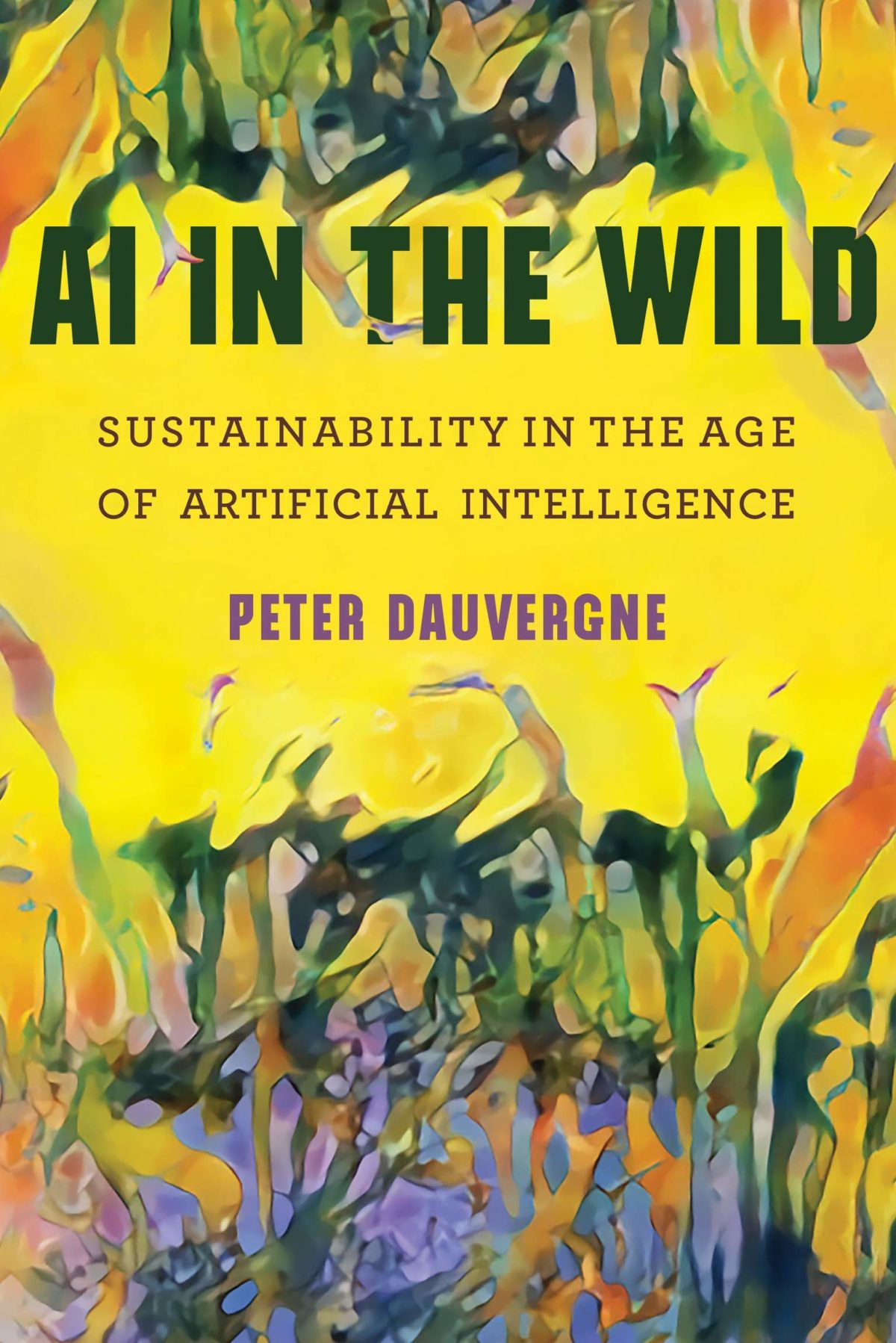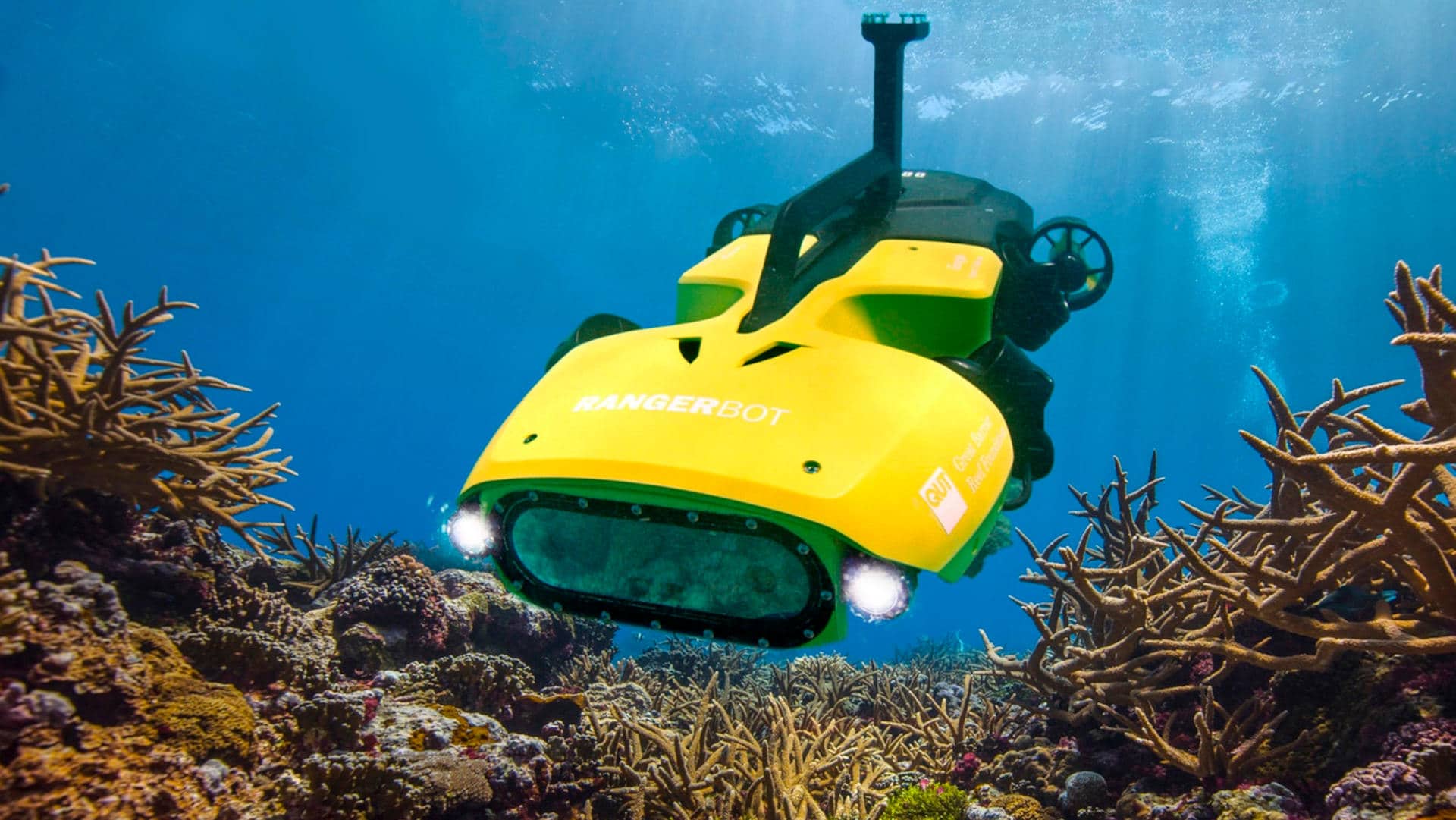The future of mining is taking place right now, deep in western Australia. The innovator is Rio Tinto, one of the world’s largest mining companies. The site is the Koodaideri iron ore mine: roughly 31 miles long, a little over 3 miles wide and — with the help of a $2.6 billion investment — “smart.” By applying artificial intelligence and data analytics, Rio Tinto hopes to automate parts of the mining supply chain, improve safety, cut downtime, and optimize extraction. Koodaideri is slated to become Rio Tinto’s first “intelligent mine” and one of the most technologically advanced mines in the world by early 2022.

BOOK REVIEW — “AI in the Wild: Sustainability in the Age of Artificial Intelligence,” by Peter Dauvergne (The MIT Press, 280 pages).
For political scientist Peter Dauvergne, author of “AI in the Wild: Sustainability in the Age of Artificial Intelligence,” the Koodaideri mine represents the tensions that arise when AI meets the environment. Artificial intelligence is often presented as a solution for protecting animals and saving the planet, but when deployed by companies like Rio Tinto, the same methods can also be used to deplete natural resources more quickly. AI is simply a tool that increases efficiency, Dauvergne argues, and it is a tool controlled by corporations whose priority is efficiently making money. (In August, the CEO of Rio Tinto faced calls to resign after the company demolished an Aboriginal site in order to access the ore.) In the end, it will be human values, human systems of accountability, and human political will that make a difference.
But first, the good news. Throughout the book, Dauvergne highlights several intriguing examples of AI-enhanced conservation tools. The nonprofit Rainforest Connection, for example, has built a system of solar-powered sensors high up in the trees of endangered forests. Repurposed from old cell phones, these sensors use Google’s open-source machine-learning platform to monitor and detect sounds — birds and jaguars and monkeys, but also the buzz of illegal chainsaws — from nearly a mile away. This information can be relayed in real-time to rangers trying to protect the trees from would-be loggers.
Other feel-good examples include drones with night vision that help catch poachers, underwater robots that guard the Great Barrier Reef from harmful species, and a facial recognition program for chimps that can cut down on wildlife trafficking. Earth-imaging startups use AI to more accurately analyze satellite data, which in turn provides a broader view of global environmental change.
Another bright spot comes from companies using artificial intelligence to reduce their energy consumption. One 2019 study from PricewaterhouseCoopers and Microsoft concluded that applying AI to areas like agriculture and transportation could lower greenhouse gas emissions by 4 percent by 2030, and corporations are taking note. Already, Amazon has used artificial intelligence to make its warehouses more energy efficient; similarly, intelligent automation improved the energy efficiency of Google’s data center cooling systems by 30 percent. Startups like NeuCo even try to optimize an old-fashioned power source: coal.
Yet, in Dauvergne’s view, these solutions ignore the forest for the trees. “AI technology can take us only so far toward lasting, far-reaching solutions, as it has little power to confront the underlying political and socioeconomic forces exploiting natural resources and destroying nature for profit,” he writes. Monitoring poachers or making Amazon warehouses less energy-intensive does not change the factors that lead to poaching and the demand for two-day shipping in the first place. And often, the companies that brag about corporate social responsibility do so to help customers feel good about their desire to buy new and buy more; they promote consumerism under the guise of environmentalism.
Dauvergne illustrates this paradox by looking at energy-saving smart appliances, such as smart lighting, smart air conditioners, and smart plugs. Selling smart appliances is good for the bottom line, and well-meaning consumers can be persuaded that upgrading means helping the Earth. But demand for new devices increases demand for resources, including materials such as cobalt and rare earth metals, which are frequently produced using unstable supply chains and in places with poor environmental and labor practices.
As a result, life-cycle assessments show that smart products can have a mixed environmental impact. And though some research suggests that better home automation can save energy, other studies claim that their complicated control systems and smart plugs could actually increase energy consumption.
Another concern is that adopting smart technology strengthens the power of these big companies. Farmers who buy smart harvesters or other expensive semi-automated equipment, for instance, can become more dependent on the corporations that manufacture and fix the tools. “Maybe a gasket or something you can fix,” Dauvergne quotes one Nebraska farmer saying, “but everything else is computer controlled and so if it breaks down I’m really in a bad spot.” They are then locked into a system that benefits agricultural conglomerates — many of which promote unsustainable practices like widespread pesticide use and function unchecked, allowing “illegalities and corruption that are keeping wages, regulations, and prices low.”
Finally, when the smart gadgets reach the end of their lives, they create more rubbish. Only a fifth of the world’s e-waste is recycled and much of this toxic waste is dumped illegally in developing countries, where it can harm the local environment. What will happen to this waste and who will be responsible?
“AI in the Wild” is broad instead of deep. Though Dauvergne mentions many tools, both useful and not, few are explored in depth. At times, the book is so broad as to be unfocused. Dauvergne, a professor of political science at the University of British Columbia, is at his most authoritative when writing specifically about environment and business, the subject of many of his previous books. Yet chapters are devoted to topics such as autonomous weapons and facial recognition, which have been covered extensively elsewhere and whose connections to environmental politics — for instance, that AI-enhanced surveillance can suppress climate activism — can seem tangential.
Like most thinkers in the area of AI ethics, Dauvergne emphasizes that structural challenges cannot be solved by focusing on narrow problems, but instead require a comprehensive rethinking at the level of policy. AI is a tool in a larger system of capitalism that is indifferent to the environment. It cannot make us value our world more.
Angela Chen (@chengela) is a science journalist whose work has appeared in The New York Times, The Wall Street Journal, The Atlantic, The Guardian, and National Geographic, among other publications. Her first book, “Ace: What Asexuality Reveals About Desire, Society, and the Meaning of Sex,” was published in September by Beacon Press.










